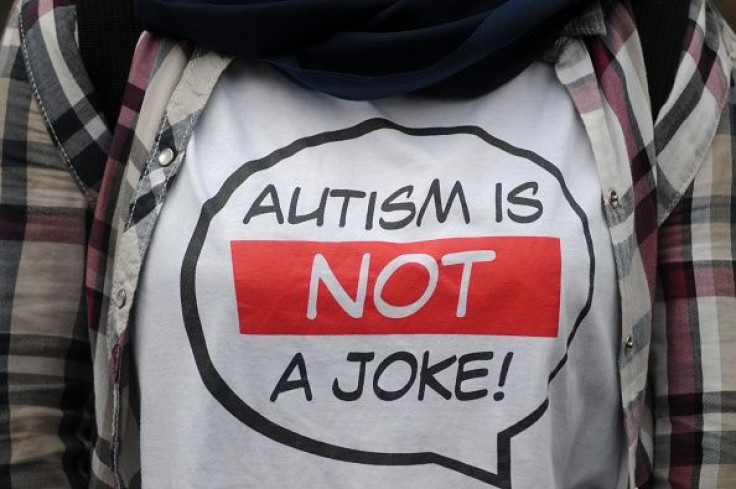Despite Autism Awareness Growing, Few Diagnosed With Disorder Can Find Jobs

Although awareness of autism is growing, people diagnosed with the disorder are still having difficulties finding work, the Economist reported.
About 80 percent of those diagnosed with autism do not work, the United Nations estimates. A survey by Britain’s National Autistic Society found that only 12 percent of high-functioning autistic adults work full time, and only 2 percent with more challenging forms of autism are employed.
America’s Individuals with Disabilities Education Act is supposed to help those with autism receive vocational training that would better position them to find a job. That assistance is often not implemented correctly. Gary Mayerson, a lawyer specializing in issues relating to autism, is suing the New York City Department of Education for $500 million on behalf of thousands of special-needs students who claim they did not receive assistance they were entitled to, the Economist reported.
Even if those diagnosed with autism receive training, many are not capable of working full-time jobs. An autistic person might score well on an IQ test and have the intellect to work in an office environment but suffer from symptoms such as debilitating anxiety that prevent him or her from focusing for long periods of time. Those symptoms, though, do not limit the individuals' willingness to find employment. The National Autistic Society found 79 percent of autistic adults on out-of-work benefits said they would like to find a job.
The number of people diagnosed with autism is rising, especially in wealthy populations, because awareness of the disorder is growing. Doctors have also changed the way they diagnose autism. The spectrum for autism now includes Asperger’s syndrome, a mild social disorder.
Autism is a brain condition with a wide array of symptoms. Those who are diagnosed often are sensitive to light, taste, touch, sounds and smells. Some children with autism do not speak, and others make compulsively repetitive movements, such as rocking back and forth or flapping their arms. Some people diagnosed with autism score above average on intelligence tests, and others have a healthy vocabulary but a low IQ and poor motor control.
A study in 1970 found that 1 in 14,000 children in America were autistic. Since 2000 the share of 8-year-olds diagnosed with some form of autism has increased to 1 in 68, or 15 in every 1,000, according to the U.S. Centers for Disease Control and Prevention.
There are few comprehensive academic studies on autism. The disorder was not discovered until 1970, and since then, only a handful of reports have been published. Now, though, wealthy countries are funding surveys to better understand the rate at which the diagnoses are occurring.
A recent study in South Korea looked at an entire population of school-age children rather than a sample. It found that 1 child in 38 between the ages of 7 and 12 has some degree of autism. A study released this week by a group of University of Iowa researchers shows that patients who have been diagnosed with an autism spectrum disorder have a lowered risk of cancer.
With more funding aimed at studying autism, researchers have been able to determine new ways to diagnose the disorder.
Diagnosing can be difficult because there is no specific medical test, like a blood test. Scientists say they could improve the diagnosis of autism spectrum disorders if they had the means to identify specific abnormalities in the brain. Now that might be possible thanks to researchers from both Japan and Brown University who found ways to diagnose autism using MRIs.
© Copyright IBTimes 2024. All rights reserved.











